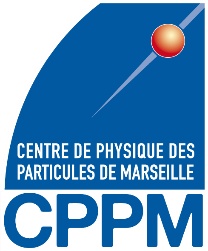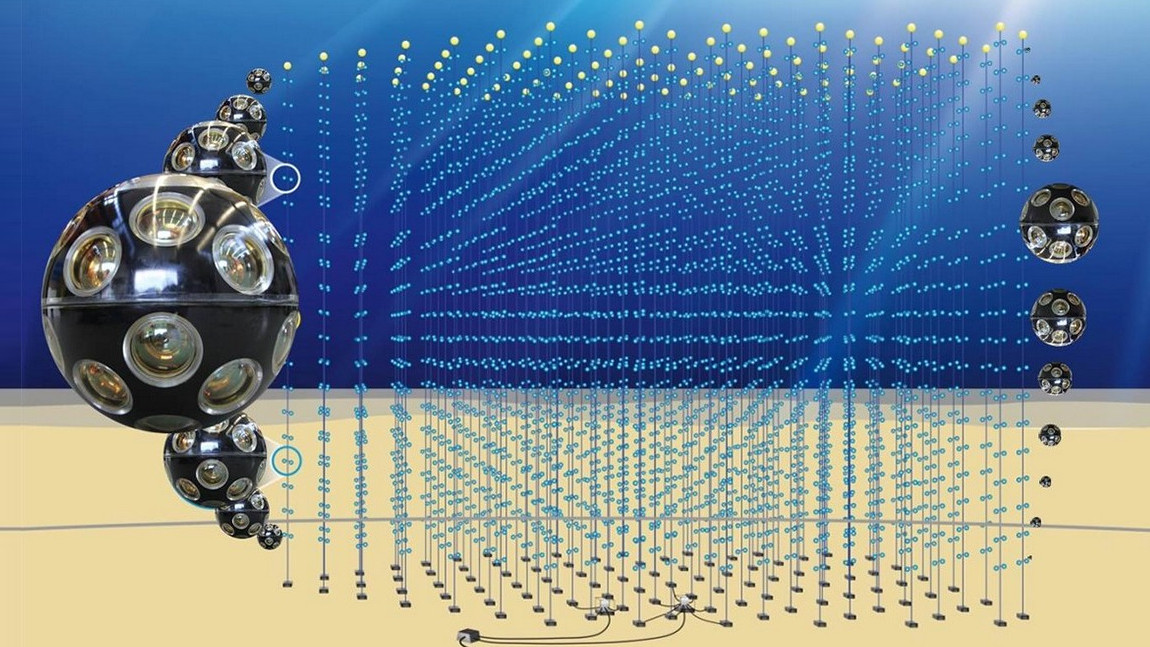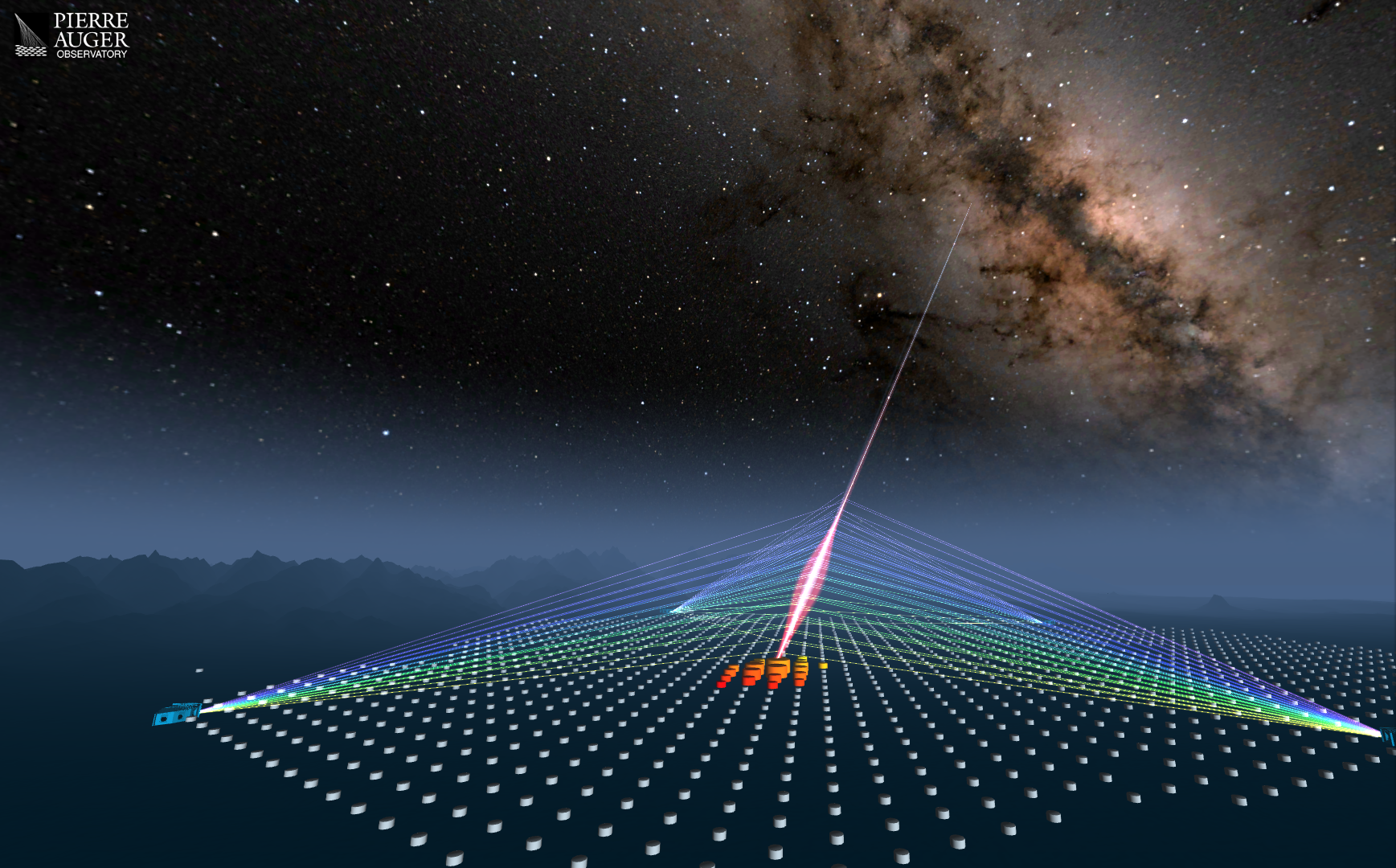Centre of Expertise — Neutrinos & Cosmic rays
The centre aims at providing expertise on low- to high and ultra-high energy neutrino astronomy within the context of MM astronomy. The centre includes experts distributed across several institutes of CNRS as well as UCLouvain, USC, BUW, GSSI which provide complementary expertise. The experts are involved in ANTARES, KM3NeT, and IceCube. They are working on point sources with steady, flaring or transient emission profiles, which allow the centre to provide an extensive expertise on neutrino searches from a large variety of astrophysical sources. USC and BUW are involved in the Pierre Auger Observatory and provide expertise on searching for diffuse and point-source fluxes from very high energy sources.
The centre will provide dedicated expert support on:
- Real-time and offline neutrino event selections in ANTARES, KM3NeT, and IceCube
- Data analysis framework for neutrino searches from a large variety of astrophysical sources
- Joint neutrino and MM analyses
- High-energy neutrino diffuse emissions
List of nodes
CPPM
The Centre de Physique des Particules de Marseille (CPPM), located on the Luminy campus, is a high energy experimental physics laboratory involved in the fields of Particle Physics, Astroparticle Physics and Cosmology. CPPM is under the supervision of CNRS and...
IGFAE
The Instituto Galego de Física de Altas Enerxías (IGFAE) is a consortium of the Xunta de Galicia and the Universidade de Santiago de Compostela (USC) comprising about 150 scientists. It has been awarded twice the prestigious Maria de Maeztu distinction and is fully...
BUW
The department of astroparticle physics is a part of Faculty of Mathematics and Natural Sciences at the University of Wuppertal. The group has been a founding member of the Pierre Auger Observatory with major contributions to the fluorescence telescopes, the readout...
UCLouvain
The Research Institute in Mathematics and Physics (IRMP) of UCLouvain develops frontier research in Fundamental Physics and Pure Mathematics. The main purpose of this research is increasing and preserving knowledge in the most fundamental domains of Science. In...
GSSI
The Gran Sasso Science Institute, located in L’Aquila, Italy, is an international doctoral school and research center focused on Astroparticle Physics, Mathematics, Computer Science, and Social Sciences. GSSI is in L’Aquila, Italy and it currently hosts around 150 PhD...
APC
The Astroparticule and Cosmology (APC) laboratory was created in 2005 and is co-directed by CNRS and Université Paris-Cité. It includes 220 people whose activities are organised around five scientific groups: cosmology, gravitation, high-energy astrophysics,...
List of instruments and experiments
KM3NeT
The Cubic Kilometre Neutrino Telescope or KM3NeT is a research infrastructure located at the bottom of the Mediterranean Sea, mainly aiming for the detection of neutrinos. It employs the detection of Cherenkov light to identify and reconstruct the direction of...
Pierre Auger Observatory
The Observatory and its recent upgrade, AugerPrime, is the largest, most complete and precise detector of giant air showers of energy exceeding 100 PeV. It is a multi-hybrid Observatory consisting of a large array of 1600 detector stations 1500 m apart, in Mendoza...
List of provided expertises
For any support related to the expertise mentioned below, please register on the Virtual Access platform and submit a ticket to directly engage with an expert.
Data analysis – GeV-PeV astrophysical neutrinos
- Data analysis for neutrino astronomy and multi-messengers analyses
- Real time analysis of the neutrino detector data stream and delivery of neutrino alerts to external observatories
- Frameworks and tools to combine observations from multiple neutrino data sets into a single set of constraints on astrophysical parameters, especially in the context of transient phenomena.
- Development of clustering algorithms, using graphs and more complex machine-learning-based approaches, to identify eventual subpopulations of astrophysical sources with promising neutrino emission.
Data analysis – Pierre Auger Observatory
- Access to measured data at the Pierre Auger Observatory based on observational demands subject to approval (tools, temporal and spatial coincidence analyses)
- Support to access and interpretation of Auger Open data (10% of all data including scaler counting rates and atmospheric data)
- Ultra high energy neutrino and photon analysis with the Pierre Auger Observatory (tools, concept, current follow-up programs)
- Other physics analysis with UHE cosmic rays, neutrinos and photons (propagation, stacking searches and radio detection)
- Observations of CR and gamma rays both from space (DAMPE experiment) and from Earth (Auger experiment)
- Selection procedures to search for neutrino candidates in AugerData
- Calculation of effective apertures for atmospheric and Earth skimming neutrinos.
Theoretical models for multi-messenger astronomy
- Simulation of lepton and neutrino processes in media.
- Simulation of coherent radio pulses from showers.
- Follow-up observations of multi-messenger phenomena.
- Physics behind the mechanisms responsible for the acceleration and propagation of astrophysical particles and, in general, the dynamics of particle-plasma interactions in astrophysical environments;
- Multi-messenger signature modelling
List of tools
For any support related to the tools mentioned below, please register on the Virtual Access platform and submit a ticket to directly engage with an expert.
Auger Open data
Cosmic-ray dataset of showers measured with Pierre Auger (10% of the full dataset).…
CRISP
Python package that describes the stochastic interactions of UHECR nuclei with analytical probability distributions.…
CRPropa
Monte Carlo code designed originally for tracking UHECR extra-galactic propagation including individual secondaries.…
Gammapy
Open-source Python package for analysing very-high-energy gamma-ray data.…
HERMES
Computational framework for the line of sight integration which creates sky maps in the HEALPix-compatibile format of various galactic radiative processes.…
MOMENTA
Open-source framework aiming to compute constraints on the neutrino emission using various neutrino detectors from transient objects.…
PRINCE
Code that solves the UHECR extra-galactic propagation problem by integrating the time-dependent transport equation…
Prometheus
Python-based package to simulate neutrino signatures in detectors deployed in water or ice.…








